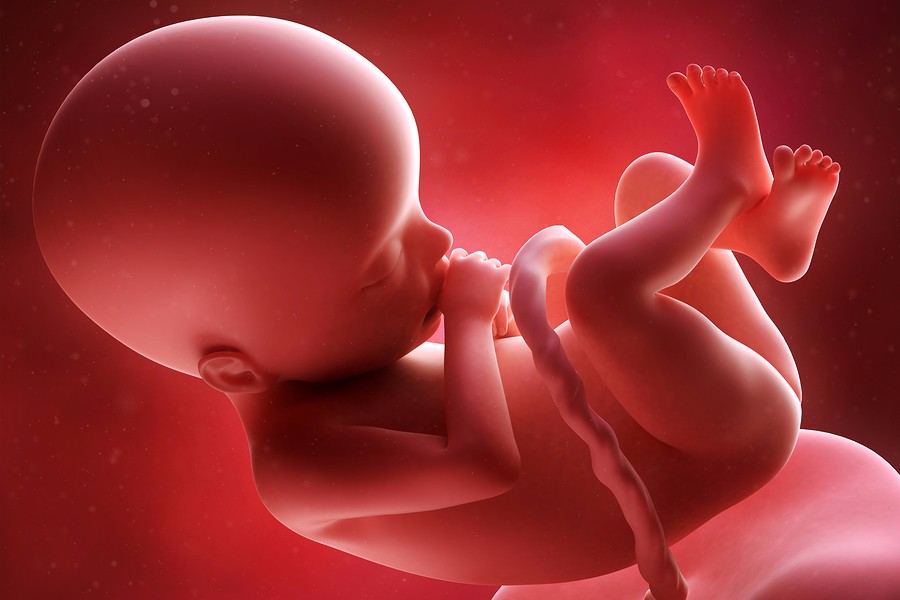Researchers have successfully grown organoids from stem cells taken in late and active pregnancies for the first time.
“Mini-organs,” also called organoids, are tiny structures that can be used to test new medical treatments or study how the real organs they resemble work when healthy or diseased.
“Those cells are very important because in that little organoid is contained all the functions of the epithelium, so of the inner layer of that organ, so we can replicate all those functions in a Petri dish which is important for both development and also understanding the disease for example of the foetus,” said Paolo de Coppi, a professor of paediatric surgery at University College London.
Mini-organs were previously derived from adult stem cells or foetal tissue after an abortion.
Researchers at University College London and Great Ormond Street in the UK believe this advance could open up new areas of prenatal medicine. Their findings were published in the journal Nature Medicine .
They say three per cent of newborns have a congenital condition which could be monitored and treated before birth by this type of stem cell selection. The new approach could also help develop personalised therapies for them.
The tissue-specific cells the team collected were floating in amniotic fluid, coming from the kidney, the lung, and the intestine of the foetus.
Taking cells from amniotic fluid gets around regulations about taking stem cells directly from foetal tissue.
In the UK, the legal limit for terminating a pregnancy is before 24 weeks, and scientists can’t get foetal samples after that.
De Coppi said the organoids have a limited life.
“Of course, they don’t have other cells that are important for their growth, like the endothelial cells, so they don’t receive enough oxygen and nutrients and so they need to be split into little mini-organs,” said de Coppi.
How could the work help with congenital diseases?
In one application of their work in collaboration with researchers in Belgium, the team grew lung organoids from the cells of foetuses with a congenital diaphragmatic hernia, a rare congenital condition where a hole in the diaphragm causes other organs to move to the chest.
They compared the organoids to healthy foetuses before and after treatment. Some treatments involve inserting a balloon down through the baby’s windpipe to expand the lungs.
The team said it could see an improvement in the lung post-treatment from the organoids.
“The organoids themselves are telling us they are different after the balloon so it means that something is happening to the lung thanks to the balloon and this is the first time we have been able to monitor that,” said de Coppi.
Researchers say other diseases often treated by foetal surgery, gene therapy, or cellular therapy, can benefit from the novel method.
“It’s possible that those organoids would be useful, for example, to deliver genes in the future to the foetus. So using the foetal cells to deliver the gene that is missing or needs to be corrected, directly to the foetus without these cells being rejected because they come from the foetus itself,” said de Coppi.
The research is still at an experimental stage. A total of 50 women have now taken part in the study and more research needs to be done.
De Coppi is optimistic when it comes to developing treatments.
“We’re not looking at very long, in the next five years we hope to be able to develop tests that would allow us to correlate the organoids phenotype with the disease,” he said.
For more on this story, watch the video in the media player above.









